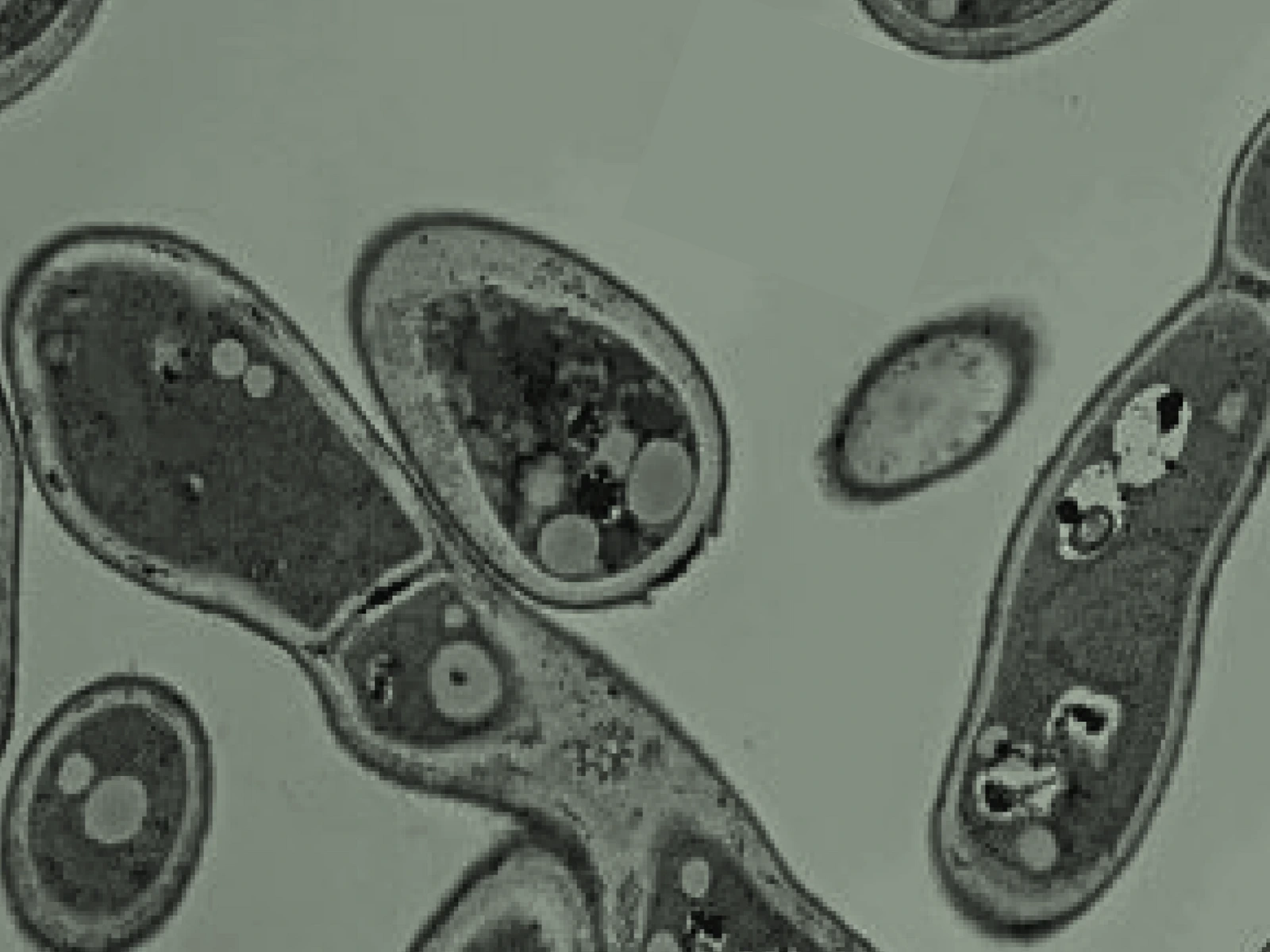BLACK FRIDAY IS HERE - UP TO 30% OFF
News
8 Minutes

The Transsulphuration Pathway: Your body's antioxidant engine
Meet your internal defence system. This pathway creates glutathione, the "master antioxidant" that protects your cells from stress and damage.
03/10/2025
When we talk about detoxification, most people think of the liver. But there’s a quieter pathway that plays an equally vital role in keeping your system resilient: the Transsulphuration Pathway.
This pathway takes homocysteine - a naturally occurring but potentially harmful by-product of metabolism - and converts it into cysteine, an amino acid that your body uses to build proteins and protective compounds. From there, cysteine fuels the production of glutathione, your body’s most powerful antioxidant, and taurine, an amino acid that supports circulation, bile production, and brain health.
Why the Transsulphuration Pathway matters
A healthy Transsulphuration Pathway helps your body:
- Reduce oxidative stress: neutralising free radicals that can damage cells and speed up ageing.
- Support circulation: keeping blood vessels healthy and flexible.
- Protect the brain: through taurine and glutathione, which both have neuroprotective roles.
- Maintain resilience: helping detoxify sulphites (which in excess can trigger brain fog, stress, or sensitivity).
When this pathway slows down, the body may struggle to keep up with oxidative stress or produce enough glutathione.
At Stride, we’ve found that 13% of our customers show some level of Transsulphuration Pathway impairment. That makes this one of the less commonly affected pathways, but when it is impaired, the effects on resilience and detoxification can be significant.
The DNA connection
Two key genes help determine how well your Transsulphuration Pathway works:
- CBS: makes the enzyme cystathionine beta-synthase, which converts homocysteine into cystathionine (a stepping stone to cysteine). This process depends on vitamin B6 and iron.
- GSS: makes the enzyme that turns cysteine into glutathione. This step requires ATP (your body’s energy currency) to power the process.
Variants in these genes can influence how efficiently you make cysteine and glutathione, which in turn affects your antioxidant defences and detox capacity.

Explore each pathway in deptth: BH4, Folate, Methionine, Urea
Supporting your Transsulphuration Pathway
- Prioritise vitamin B6 and B12: chickpeas, salmon, dairy, eggs, and nutritional yeast are good sources.
- Eat sulphur-rich foods: such as garlic, onions, cruciferous vegetables, and protein sources like meat, eggs, and legumes.
- Support glutathione production: with cysteine-rich foods (like whey protein, eggs, and poultry) or precursors such as NAC.
- Test smart: monitoring homocysteine, cystathionine, and glutathione can reveal how efficiently this pathway is running.
Why clarity matters
Your Transsulphuration Pathway is more than just a side route in your metabolism. It’s your body’s antioxidant engine, fuelling glutathione, detoxifying sulphites, and helping to keep oxidative stress in check.
With 13% of StrideDNA customers showing impairment, this pathway may not be as commonly affected as others, but when it is, it can explain why some people feel more vulnerable to toxins, stress, or fatigue.
Understanding your DNA gives you the clarity to act by tailoring your nutrition, checking the right biomarkers, and focusing on what really supports your biology.
Because when you understand your biology, you can take targeted steps to protect your health, improve energy, and build long-term resilience.






